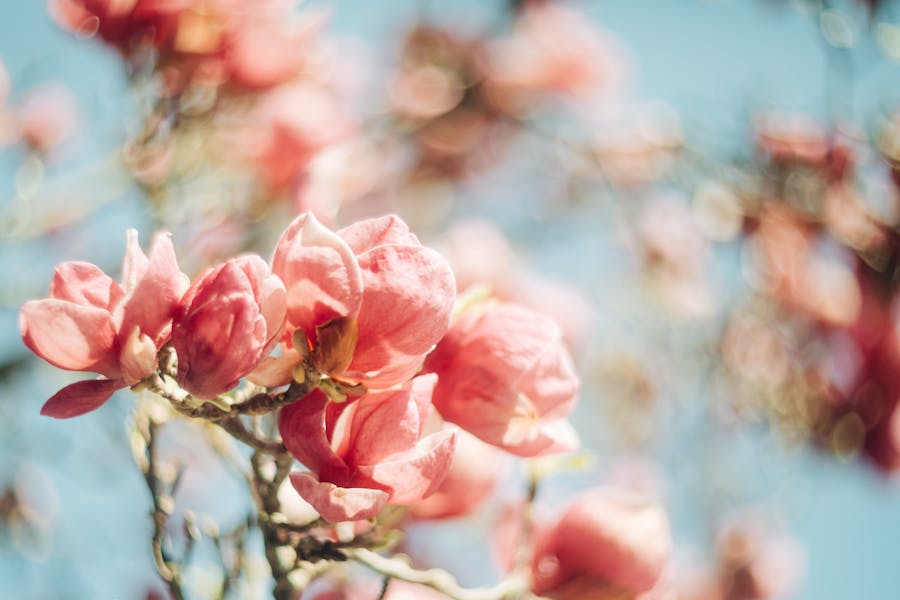In the world of horticulture, it’s not just the flowers that capture our imaginations – it is the names that stick. While Latin binomials serve science, common and cultivated plant names help us tell tales, conjure up imagery, or even spawn laughter. Sometimes we remember these plant names based on their whimsical side, such as ‘Sneezewort’; and at other times, pop-culture connections, such as a hosta called ‘Little Miss Sunshine.’
But if a plant has an outstanding or whimsical name, it could elevate a garden from beauty into legendary status. So what makes a plant name unforgettable?
Alliteration and Cadence: Nature’s Hook
There is a reason names like ‘Pearly Pink Petunia’ or ‘Fuzzy Feather Fern’ are memorable. They are simply rhythmic! Alliteration and cadence activate our brains pattern- recognition abilities, making the names easier to recollect. For this reason, garden centers often play into such names, making their offerings catchier and more enjoyable. ‘Happy Hostas’ and ‘Tickled Tulips’ are not just names, they are whole experiences.
For gardeners, these fun names become conversation starters, and are easier to pass along compared to Latin names that take training to pronounce.
Descriptive visual associations: Color, Shape, and Quirk
A name that creates imagery has a solid impact. As soon as ‘Corkscrew Willow’ is read, it brings to mind its spiraling branches. ‘Elephant Ear’ evokes the visual image of the huge foliage of Colocasia.. When the plant names evoke differences in structures, colors, or forms of growth, they strengthen visual memory and representation.
Sometimes there are container selections that also strengthen these visual associations. The delicate trailing lobelia species, for example, cascading down the wrought iron window boxes at Flower Window Boxes™ is much more than a nice blue flower. It gives a visual scene that merges the plant and container as part of a memory. As a result, visual connection could trigger naming that like “Lace Falls” or “Iron Blue” as part of a visual environment that may also be part of a name cue.
Environmental Cues and Creative Framing
Where a plant lives / is displayed can help determine what we name and remember it. A colorful trailing plant pouring over an earthy pot will likely invoke earthy, grounded names. A plant in a creative and structured container, such as a wrought iron window box will likely elicit more elegant or dramatic names such as ‘Wrought Whisper.’
Environmental framing cues are extremely influential. When a visual cue, such as a window box or trellis, is distinctive, it becomes a co-naming partner with the plant.
Historical Influences: Naming by stories
Long before scientific marketing and cataloguing, plants were named in stories, folk traditions, and superstition. Names like ‘Wormwood,’ and ‘Mandrake’ are connected to centuries of belief and practice.
Take Digitalis purpurea (Foxglove). The name supposedly comes from a folk story suggesting that foxes wore the tubular flowers on their paws to sneak quietly through the woods. True or not, the story adds lasting intrigue to the name and it keeps the name in people’s minds.
Commercial Naming: Branding Botanicals
Now more than ever, naming a plant is much more than just a silly extension of the plant. Naming is a branding effort, and nurseries and plant breeders spend a significant amount of time devising names that connect emotionally or visually with consumers. For example, Proven Winners’ Supertunia Vista Bubblegum has become popular for more than its bright pink flowers. Customers associate pink flowers with candy from their youth—creating a powerful connection with that name.
A good name can jump start sales, provide ‘instagrammable’ opportunities, go viral on social media, or become a brand in itself.
This commercial power is why there is an increase in proprietary names that all sound like designer fragrances.
DIY Naming: Gardeners can Develop their Own Plant Names
Most times, a name worth remembering does not come from a nursery. Home gardeners and plant nerds can be among the most creative namers when it comes to plants and will often personalize a name based on the plant’s behavior, planting location, or association a gardener has with that plant.
Want to name your own plant? Here are a few tips to get you started.
- Consider the personality of the plant. Is it dramatic, delicate, moody, or temperamental? A prickly, spiky succulent could be named ‘Green Rebel,’ while a shy fern could be ‘Whisperleaf.’
- Think about where it is planted. A plant growing in a dramatic structure might be called ‘Balcony Belle.’
- Think about emotions or memories. If the plant reminds you of a poolside vacation, a special person, or childhood memories, weave that into the name— like ‘Nana’s Porch Ivy’ or ‘Florence Sunbeam.’
- Play with language. Try puns, alliteration, foreign words, or made up words to create a creative name.
Personalizing plant names can add layers of story and ritual, and make each stroll through the garden as effortless as reading a story!
Community and Cultural Resonance: When Names Go Crazy
Sometimes a plant name resonates with the public so strongly that it lives a life of its own. With the surge in social media, the plant name life cycle has accelerated in a quirky or striking fashion.
The “String of Dolphins” (Senecio peregrinus) is a good example. The leaves of this succulent resemble tiny, leaping dolphins, and the name went viral on Instagram and Pinterest. This was largely due to the synchrony of the name with the appearance of the plant. Visual metaphor + catchy name = unforgettable branding.
This effect is magnified when a plant’s habitat works in connection with its narrative. A quirky succulent potted in a marine themed wrought iron window box may inspire a viral photo captioned, ‘Mermaid’s Balcony’ or ‘Dolphin Dreams.’
As gardeners make aspects of their landscapes public and online, plant names are also morphing into a digital narrative-and the more colorful and fantastical the name, the greater the potential for action.
Endnote
Plants need naming, but it isn’t just a task—it’s an art. Breeders, marketers, and even gardeners can name their creations—it’s one of the things that make plants memorable. From the fun and whimsical alliteration to some meaningful visual cues, indelible plant names create an incredible sense of vision, inspiration, and conversation. So, the next time you notice the creeping vine flowing down a curving window box, don’t just appreciate the plant—name it.










